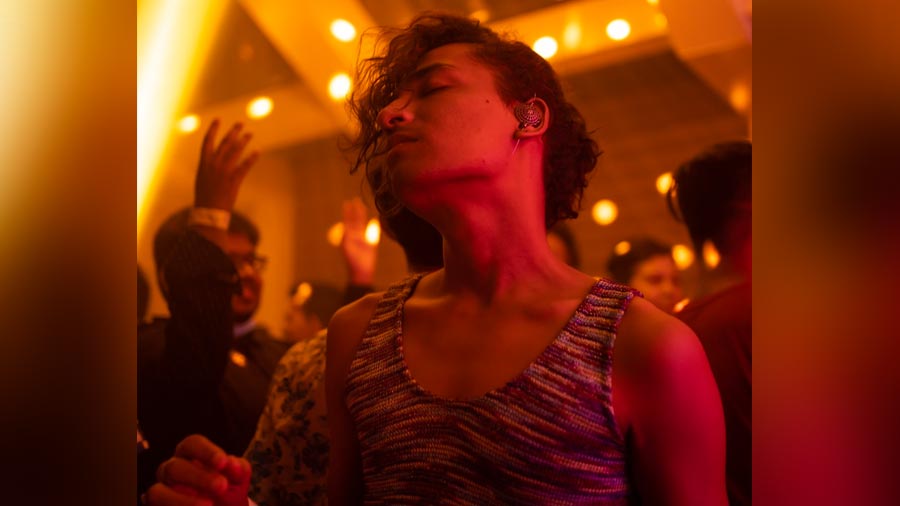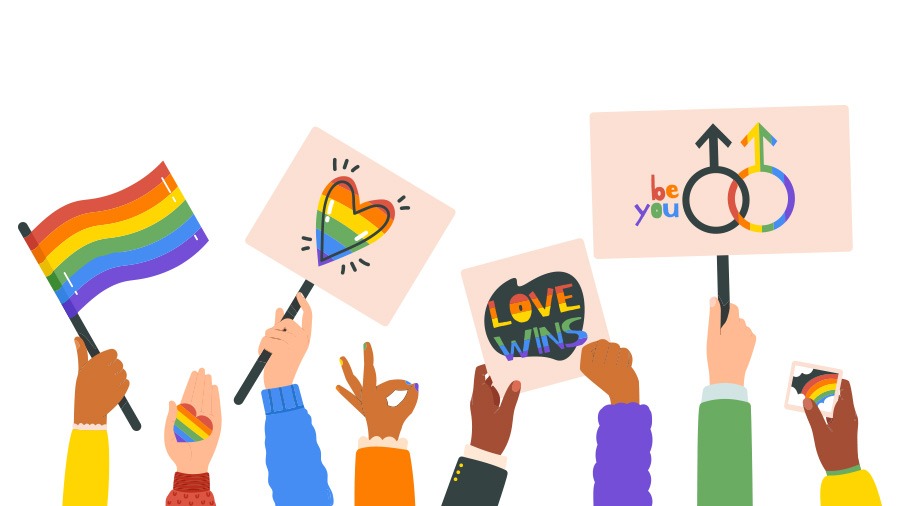Late nights, parties and dance floors at most clubs usually have a similar montage. People of the same gender dance together in jest or joy, but never with intimacy. Romantic slow dances feature the holy binary — a man and a woman gazing into each other’s eyes as everything and everyone around them slows down. I never realised just how removed society is from alternate dynamics of romance till I went to my first queer party.
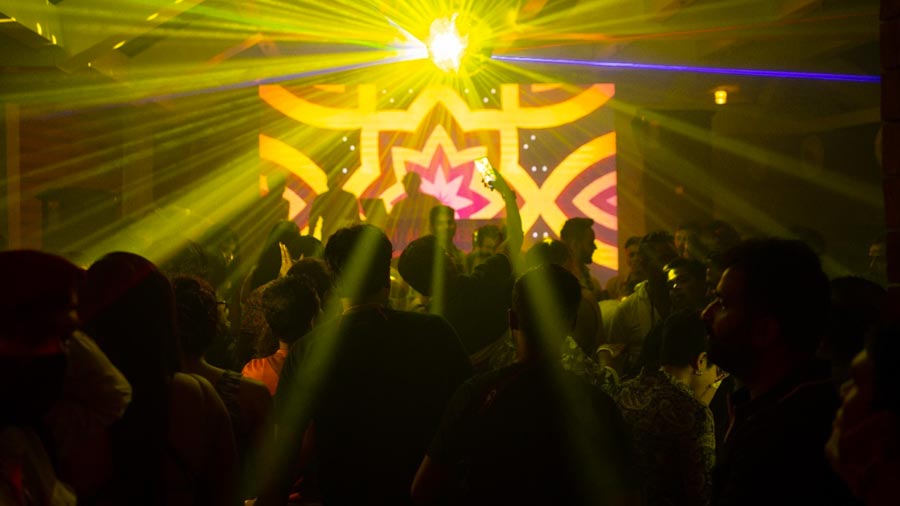
I was at the Kitty Su pop-up on June 25, at The Lalit Great Eastern, Kolkata. Part of their Pride Month celebrations, it was an extra special evening with a performance by drag queen Betta Naan Stop.
While all eyes were on the drag queens who were performing, I was more amazed by the audience. People across sexualities and gender identities held their partners close, swayed gently to the music, and danced like no one was watching.
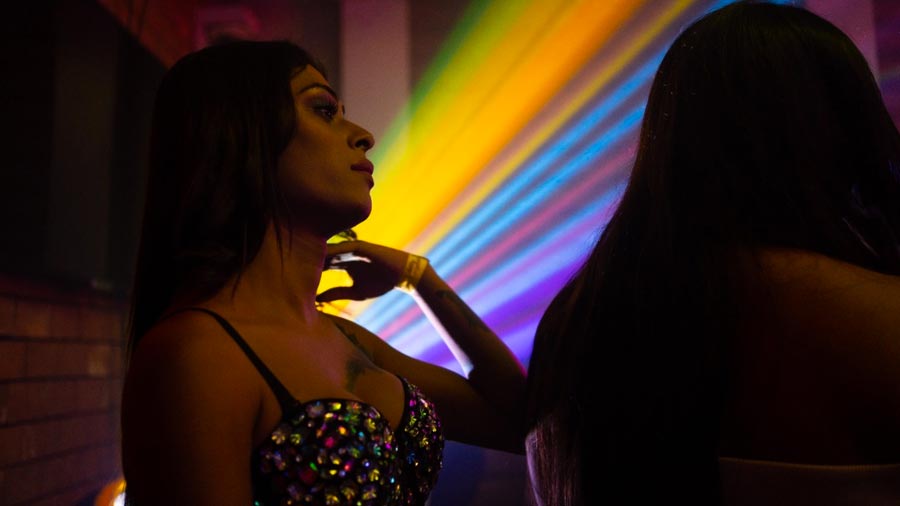
Same, but different
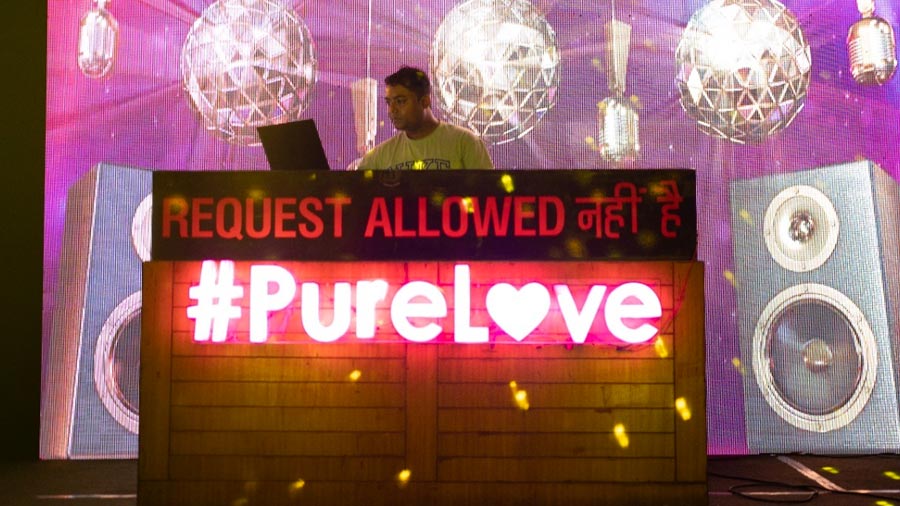
I highly encourage straight people to attend a Kitty Su party or a similar soiree if they can. It might go a long way in normalising queer relationships, because these parties aren’t that different from standard parties. A lot of the music is similar, although the fashion sense is definitely better. Few things are more wholesome to witness than a man holding a partner’s pinkie while sweet talking the partner to the bar. Or a trans woman giving a partner a peck before breaking into a bhangra duet as the DJ played Oh Ho Ho Ho.
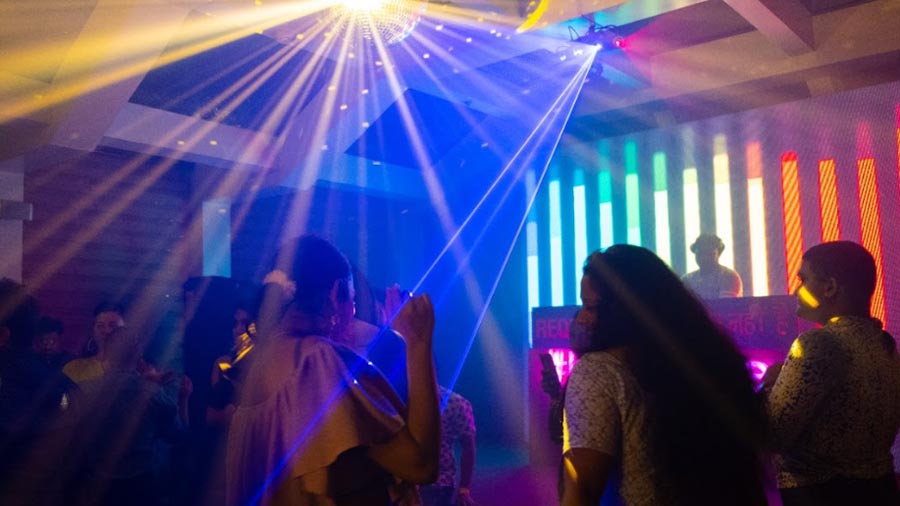
Everywhere I looked, I saw people letting go of inhibitions and trusting their impulses. A couple randomly walked up to me, vehemently complimented my nose ring, and then disappeared into the crowd again. Restraint robs us of such pure human emotion. Maybe other clubs could take a leaf out of these parties and appreciate flamboyance, rather than curb it.
And for all the emphasis on impulses, the authorities equally emphasised on nurturing the safe space that was created. The mantra was to party hard but party safe at the same time, and love coexisted with consent and communication — no people smelling of desperation and getting uncomfortably handsy. It was simply a celebration of the right to choose.
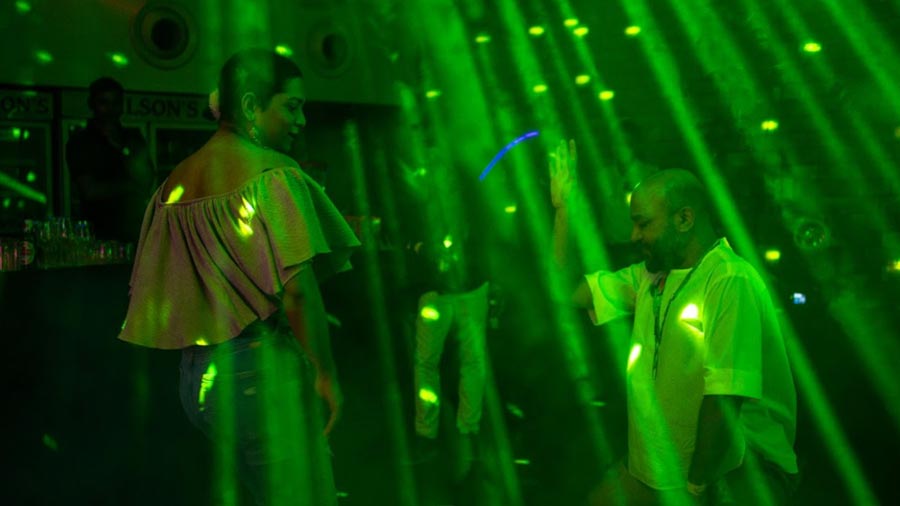
It struck me that at no club I’ve visited yet, have I ever seen queer people actually be themselves. In no club have I seen love existing without labels or barriers, in its purest form. The bar is raised.
